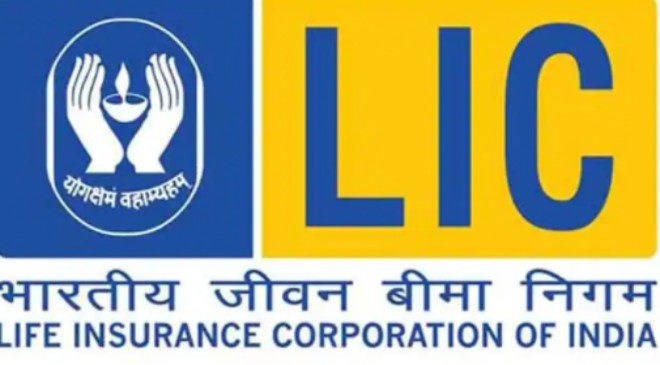n the ‘risk factors’ section of the DRHP, LIC said that it is splitting the single ‘Life Fund’ into participatory and non-participatory funds.
Life Insurance Corporation (LIC), India’s largest insurance company, filed its DRHP on February 13 and mentioned an amendment. In the ‘risk factors’ section of the DRHP, LIC said that it is splitting the single ‘Life Fund’ into participatory and non-participatory funds. This will have a positive impact on LIC’s valuations and will be beneficial for shareholders. But how does it affect the policyholders is the question.
Read More: IRCTC Update: Indian Railways Cancels 430 Trains Today
Changes in the amendment
Before the amendment of the Life Insurance Corporation Act, the corporation had only one single consolidated ‘Life Fund’ in respect of its life insurance business. After the amendment, the board was mandated to maintain two separate funds, i.e., a participating policyholders’ fund and a non-participating policyholders’ fund.
In participating plans, the benefits of these profits are passed on to the policyholder. These benefits are paid out to the policyholder in the form of bonuses or dividends. You can deposit the bonuses or dividends with the insurer and allow those funds to earn interest. While in non-participating policies, the profits are not shared and no dividends are paid to the policyholder. This type of policy is also known as without-profit or non-par policy.
Before the segregation of the Life Fund, surplus for the Life Fund was distributed amongst policyholders and shareholders in the ratio of 95:5. Post segregation of the Life Fund, 100% of the surplus generated out of the non-participating business is available for distribution to all of the shareholders. The surplus from the participating business shall be distributed amongst policyholders and shareholders in the ratio of 95:5, which ratio is being modified as 90:10, in a phased manner.
LIC cannot quantify the impact on the distributable surplus for participating policyholders in the future; the decrease in the surplus available to participating policyholders resulting from the segregation of the Life Fund may reduce the attractiveness for certain categories of customers.
In accordance with LIC’s approved surplus distribution policy, the surplus in respect of the participating fund will be allocated between policyholders and shareholders in the ratio of 95:5 for FY22, 92.5:7.5 for each of FY23 and FY24 and then 90:10 from FY25 onwards.
How is it Policyholders’ Loss?
Increasing the shareholders’ share of the surplus in the Corporation’s participating fund may reduce the attractiveness of the participating products, which could harm the business, financial condition, results of operations and cash flows. Also, in the DRHP, the company states that a significant portion of the premium comes from participating and single premium. Apart from this, a decline in interest rates may result in lower bonus rates for policyholders, which may lead to policyholders’ dissatisfaction, and therefore, an increase in surrenders and a decrease in sales of new policies. Hence, we say it is policyholders’ loss.
How is it Shareholders’ Gain?
Life insurance companies regulated under the Insurance Act are permitted to maintain a surplus allocation of 90:10. The shareholders have a 100% allocation in the non-participating fund. The Corporation’s Indian Embedded Value (IEV) increased in 6MFY22 due to economic variants and shareholders’ interest increasing to 100% in the non-par fund.
Read More: Ministry mulling PLI scheme for chemical sector: Mansukh Mandaviya
For the uninitiated, embedded value is the present value of future profits plus the market value of net assets. As per the DRHP, the Corporation’s Embedded Value stood at Rs 95,605 crore and in the past six months surged to Rs 5,39,686 crore. Now with such a steep jump, and as the Embedded Value represents the present value of the future value of profits and with 100% allocation in non-participating funds, it will be very positive from shareholders’ point of view. Hence, it’s the shareholder’s gain.





































